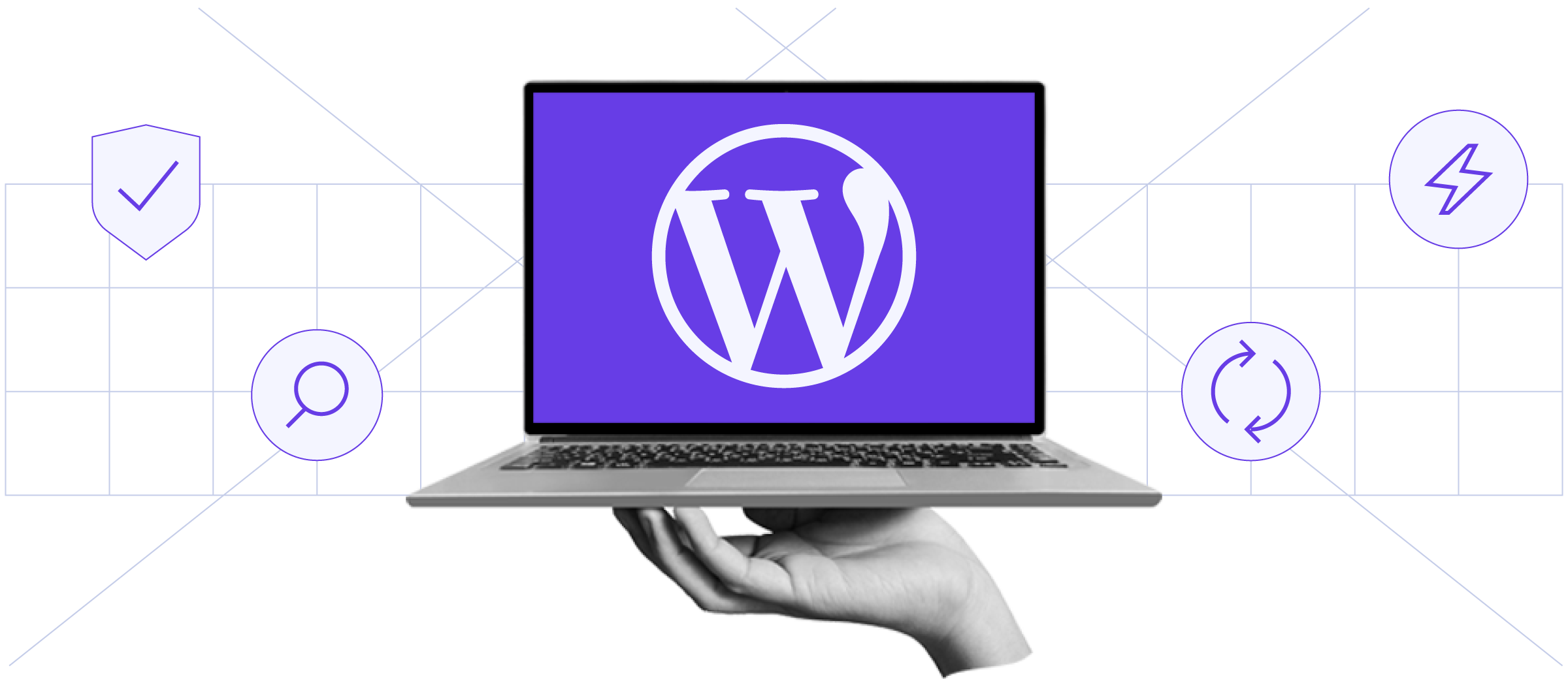
Nepal Telecommunications Authority (NTA) has recently published the latest quality measuring parameters to determine the quality of the Mobile telephony services in Nepal. Even though NTA has been publishing such quality measures, and even claiming that they have been constantly measuring and monitoring the quality of the mobile telephone services in Nepal, almost non of the mobile phone users or subscribers are happy with any of the providers in Nepal. The users have to claim that quality has never been prioritized by the service providers and NTA never takes any improvemental actions on them.
According to the latest guidelines to measure the quality of the mobile services in Nepal, the mobile telephone service providers have to aquaint the following indicators. Team TechSansar tried to compare these quality of service (QoS) parameters from users perspective as published by the International Telecommunications Union (ITU), the minimum threshold is agreeable on most of the indicators. (FYI: ITU has been assisting Nepalese broadband since long, read this.)
| SN | QoS Indicators | Minimum Threshold |
| 1 | Service Access Delay | 15 seconds (less) |
| 2 | Call Setup Success Rate | 90% (plus) |
| 3 | Call Drop Ratio | 3% (less) |
| 4 | Point of Interconnection Congestion | 1% (less) |
| 5 | Connections with good voice quality | 90% (plus) |
Service Access Delay (SAD) is the time taken to hear the ring tone after pressing the last button during dailing. Service access delay is computed irrespective of the kind of mobile handset (be it a simple call and dial phone or a high end smart phone) but the digit pressed at the end of the dail.
Call Setup Success Rate (CSSR) is the percentage of calls that are successful, meaning calls being made out of 100. Teletraffic engineering shows call setup success rate in Nepal is high during the early morning, and also effected by loadshedding.
Call Drop Ratio (CDR) is the percentage of calls that are unsuccessful, meaning calls which couldn’t be made out of 100. Call drop ratio is usually 100 less Call setup success and the threshold margin. In Nepal, call drop rate is much more than 3% defined by NTA.
Point of Interconnection Congestion (PoIC) is the lack of the service circuit line while making a call from one mobile service provider to another mobile service provider (say NTC to Ncell or vice versa.) Sadly, we don’t agree at all that less than 1% of the congestion is existing between our operators.
Connection with good voice quality, this parameter is quite dubious or maybe NTA hasn’t come up with a proper parametric terminology for it. Good voice quality indicates calls setup without talk back, echo and call interference, lack of full duplex voicing, and best of you experience it when you sout “Hello hello” at your loudest voice.
Where to file complaints about Mobile Companies in Nepal?
Complaints are to be made to Nepal Telecom Authority (NTA) when consumers or mobile subscribers think that the services provided by Cellular mobile operators are not up to the quality standards defined by NTA as above. We believe NTA acts when we full complaint email to [email protected] or SMS to 9843376600 or file a complaint from NTA website at http://www.nta.gov.np/.







